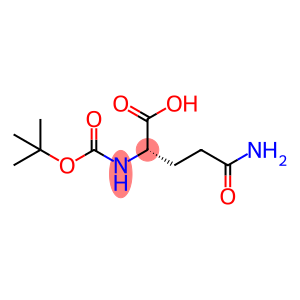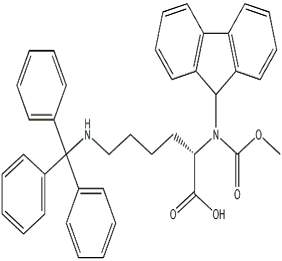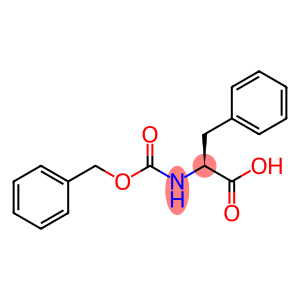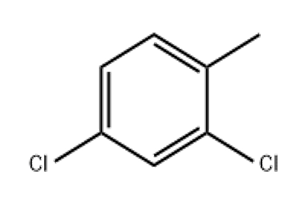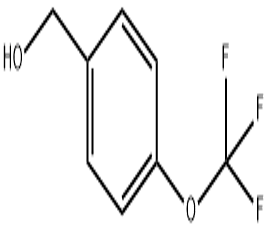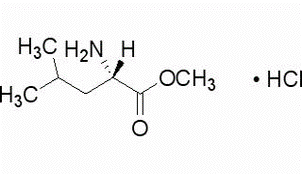alpha-t-BOC-L-glutamine(CAS# 13726-85-7 )
Risk and Safety
| Safety Description | S22 – Do not breathe dust. S24/25 – Avoid contact with skin and eyes. |
| WGK Germany | 3 |
| TSCA | Yes |
| HS Code | 29241990 |
alpha-t-BOC-L-glutamine(CAS# 13726-85-7 ) introduction
N-BOC-L-glutamine is an organic compound. It can exist stably at room temperature.
N-BOC-L-glutamine is a compound with a protective amino functional group. Its protective group can protect the reactivity of the amino group in subsequent reactions to control the selectivity and yield of the reaction. Once necessary, the protecting group can be removed through acid catalysis to restore the activity of the amino group.
The common method for preparing N-BOC-L-glutamine is to protect L-glutamine by using an N-BOC protecting group. Usually, L-glutamine is first reacted with N-BOC-Dimethylacetamide under alkaline conditions to produce N-BOC-L-glutamine. Then, pure products can be obtained through crystallization, solvent evaporation, and other methods.
Safety information of N-BOC-L-glutamine: It has low toxicity. Like any chemical, it requires careful handling. During operation, laboratory safety operating procedures should be followed to avoid skin contact and inhalation. Good ventilation conditions should be maintained and appropriate personal protective equipment such as gloves and goggles should be provided.


